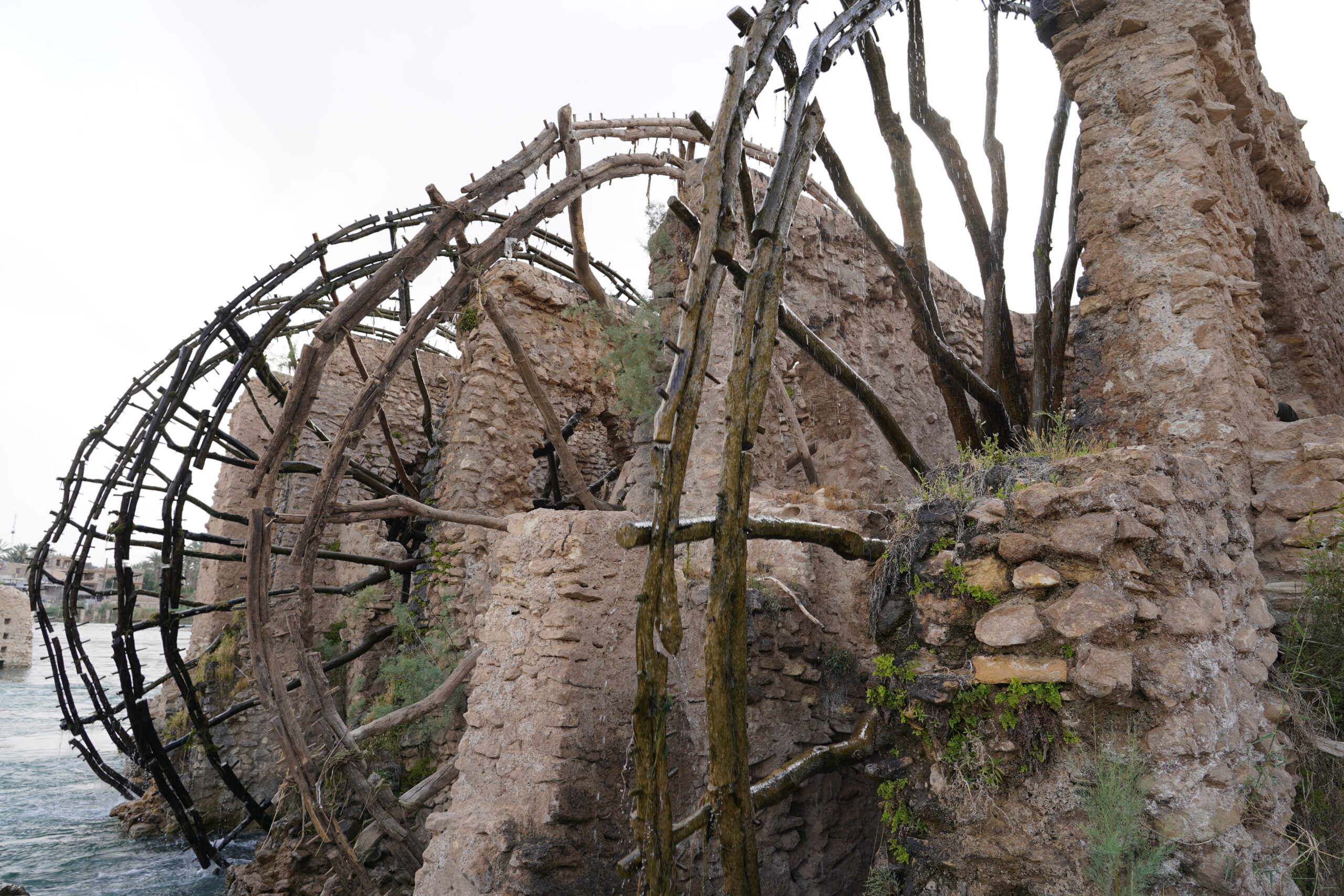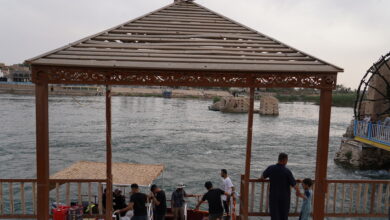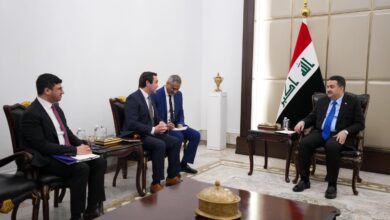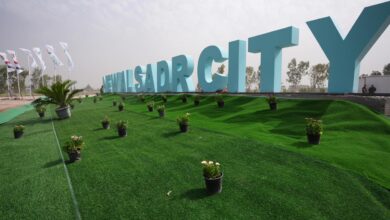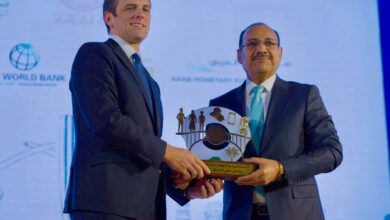Along the western banks of the Euphrates River, in the city of Heet, large wooden wheels still turn gently with the river’s current. Known as nawaeer, these ancient waterwheels were once a lifeline for agriculture in the region. Though their practical use has faded over time, they remain powerful symbols of Iraq’s rich heritage and the ingenuity of those who lived in harmony with the land.
The nawaeer are large wooden waterwheels that rotate with the flow of the Euphrates River, traditionally used to lift water for irrigation. Their story stretches back more than 2,500 years. Long before the rise of modern technology, farmers in Hit faced growing challenges as the Euphrates,once a generous source of water it began to sink due to naturalshifts. As the river receded, it could no longer reach the farmlands, threatening the livelihoods of the entire communities.
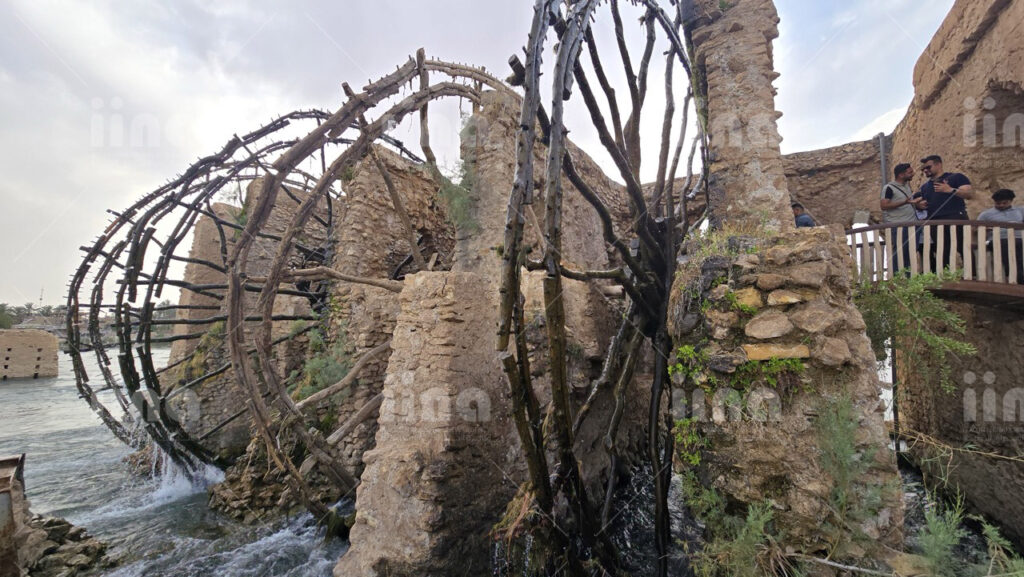
Local farmers responded with innovation. Drawing on their understanding of the river’s flow, they designed large wooden wheels powered solely by the current. As the wheels spun, they lifted buckets of water and tipped them into elevated channels, which carried the water across the surrounding farmland. This method proved to be a simple, effective, and sustainable solution to a pressing problem.
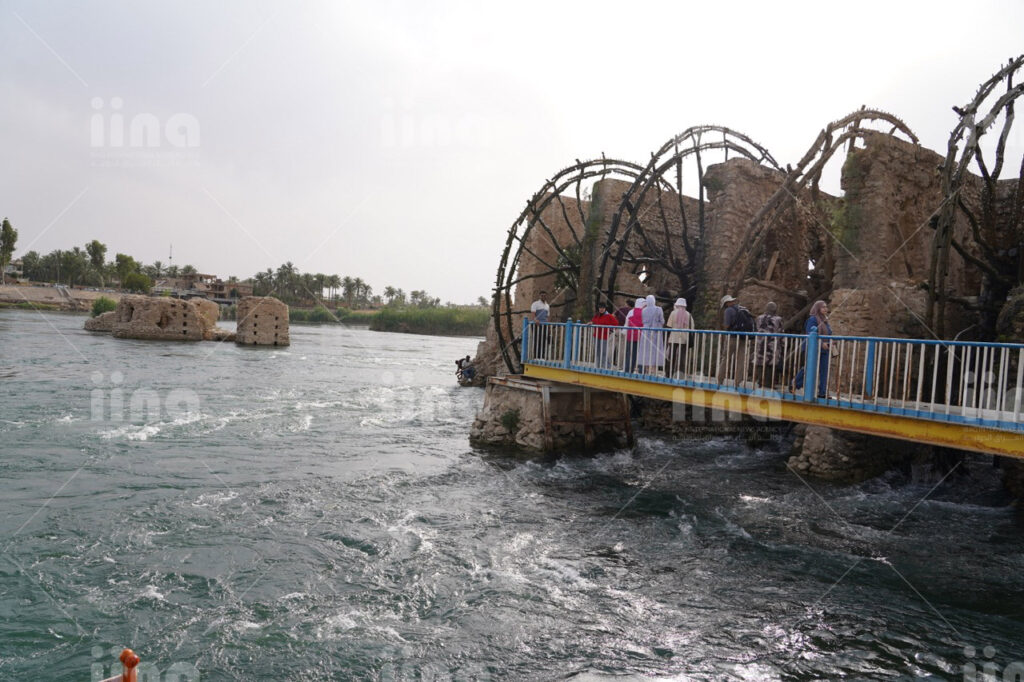
The Nawaweer of Heet occupy an area of 2,500 square metres. Each waterwheel, built entirely from wood and rope, measures approximately 11.6 metres in diameter. These wheels are made from a stone and limestone structure in the middle of the river known as Al Daliya , which supports four waterwheels at a time.
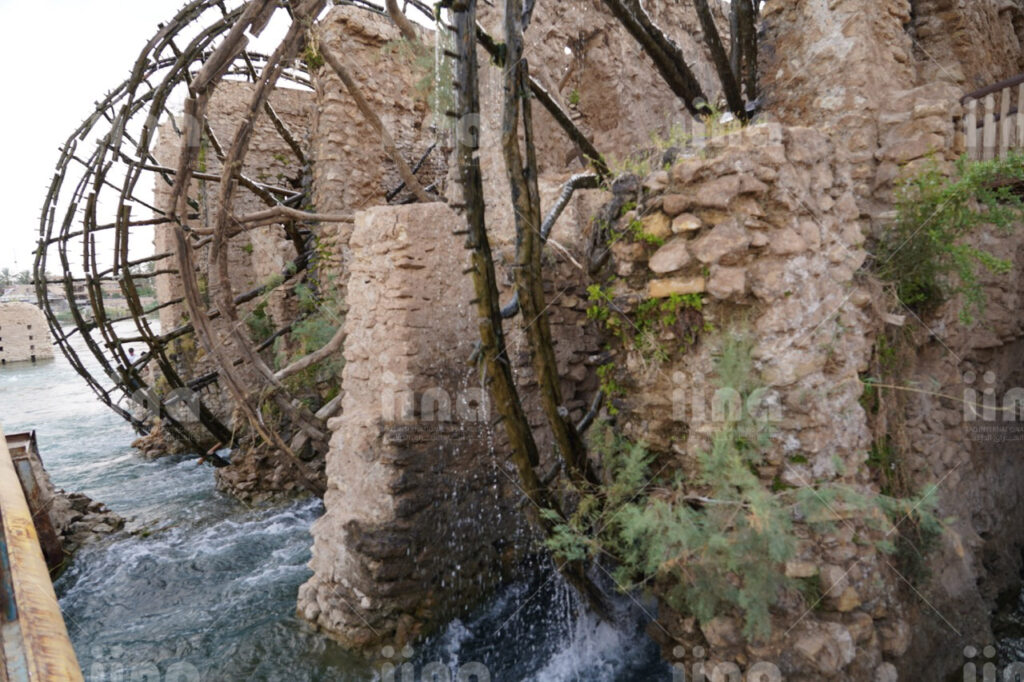
Today, the waterwheels in Heet are no longer in use, as their function has been replaced by modern pumps and irrigation systems. Yet many still stand as enduring symbols of heritage and pride, drawing visitors who come to witness their timeless presence.
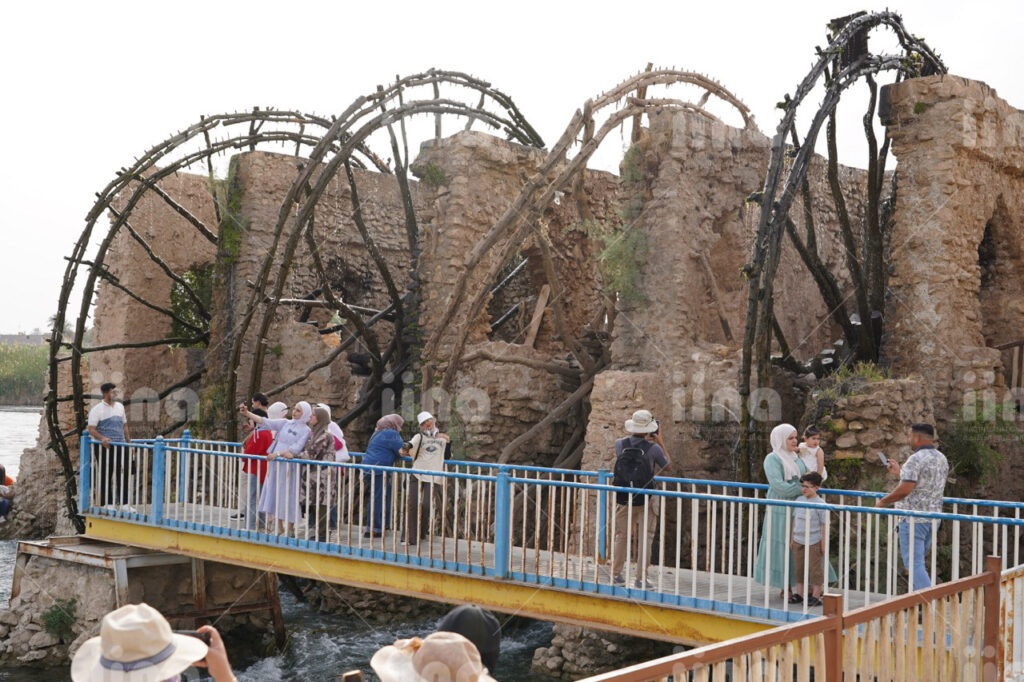
These structures are considered cultural landmarks and form an integral part of the city’s historical identity. They remain among Heet’s most iconic sights, celebrated not only for their engineering brilliance but for the way they capture the spirit of life along the Euphrates.
- Published: 26th May, 2025
- Location: Heet
- Country: Iraq
- Editor: Noor Mohsen and Nour Ghanem
- Photographer: Noor Mohsen
- Category: Culture and Heritage

